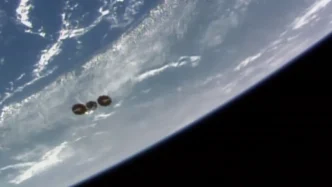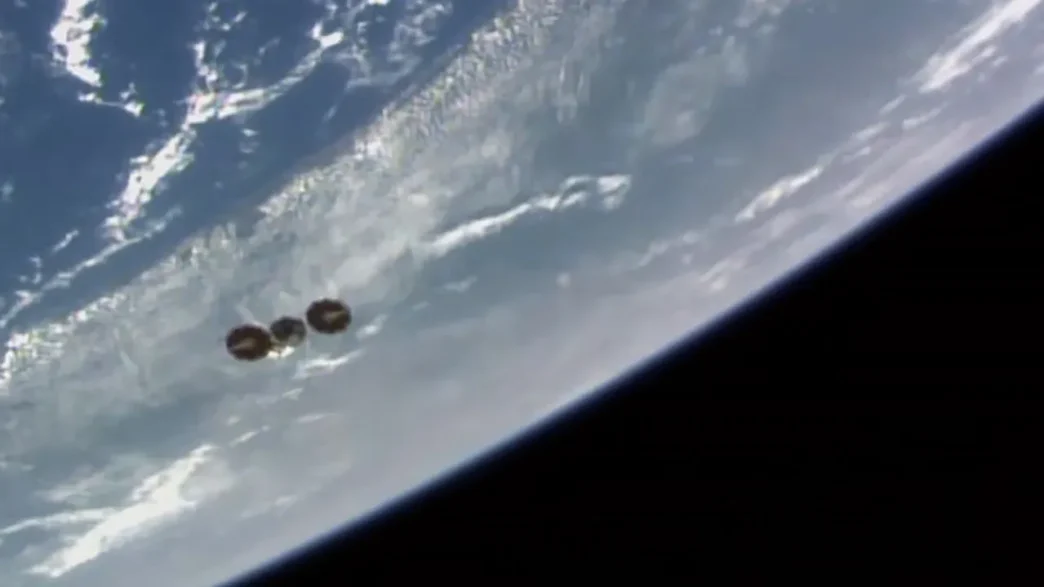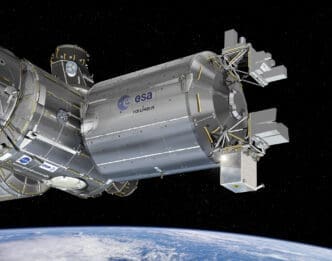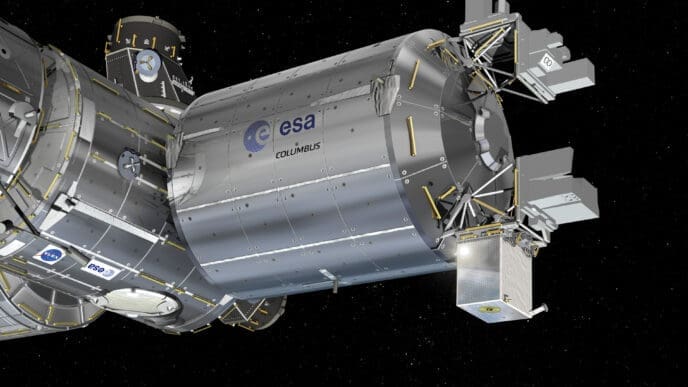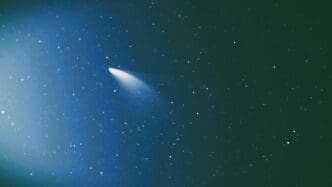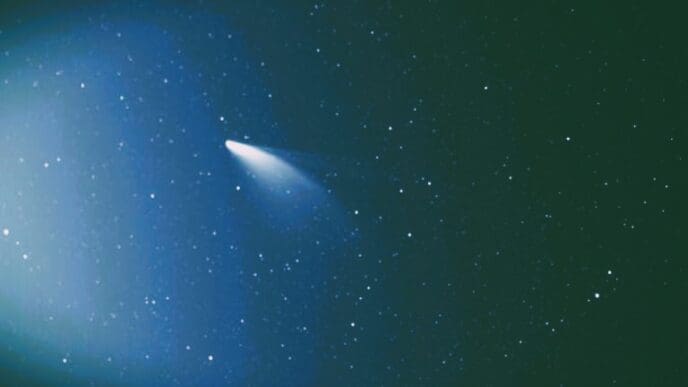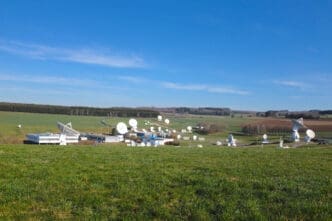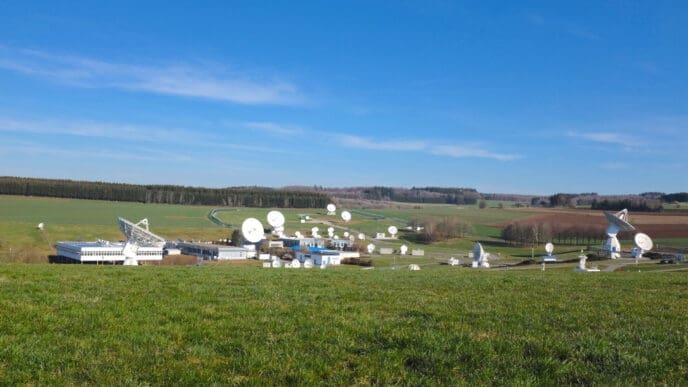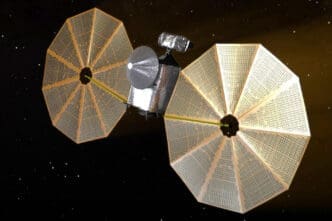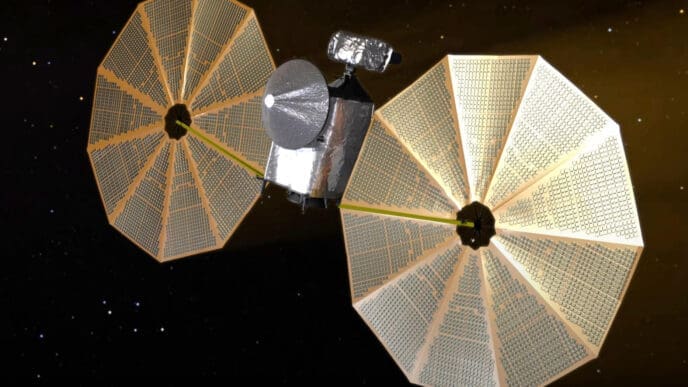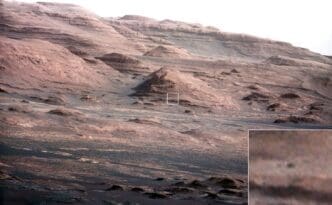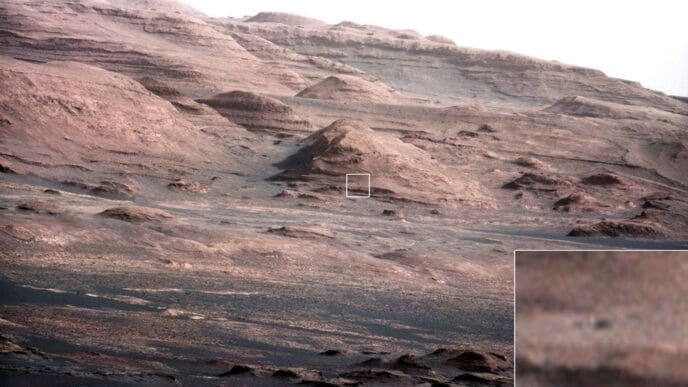At 6:55 a.m. EDT, the S.S. Richard “Dick” Scobee Northrop Grumman Cygnus spacecraft was released from the Canadarm2 robotic arm. Prior to its release, the arm had detached Cygnus from the Earth-facing port of the International Space Station’s Unity module. At that moment, the station was orbiting approximately 260 miles above the Pacific Ocean.
The Cygnus spacecraft successfully left the space station over seven and a half months after its initial arrival. During its stay, it delivered around 8,200 pounds of supplies, scientific investigations, commercial goods, hardware, and other essential cargo for NASA.
On Sunday, March 30, Cygnus is set to execute a deorbit engine firing. This maneuver will initiate its planned destructive re-entry, where the spacecraft, now filled with refuse collected by the station crew, will safely disintegrate in Earth’s atmosphere.
Cygnus had docked with the space station on August 6, 2024, after a successful launch aboard a SpaceX Falcon 9 rocket from Space Launch Complex 40 at Cape Canaveral Space Force Station in Florida. This mission was Northrop Grumman’s 21st commercial resupply service to the space station for NASA. The spacecraft was named the S.S. Richard “Dick” Scobee in honor of the former NASA astronaut.
The Evolving Landscape
- Developments in space technology continue to enhance the efficiency and frequency of supply missions to the ISS, supporting ongoing scientific research.
- The safe disposal of space waste through controlled re-entry helps minimize the risk of space debris, contributing to safer space exploration.
- Commercial partnerships, like those between NASA and Northrop Grumman, are critical in expanding capabilities and reducing costs for space missions.
- The regular resupply missions ensure the International Space Station remains a hub for international scientific collaboration and innovation.
- Efficient waste management in space reflects broader environmental sustainability goals and practices on Earth.
- Honoring astronauts like Richard “Dick” Scobee fosters public interest and engagement with space programs, inspiring future generations.
- Successful collaborations with private space companies boost local economies and create job opportunities within the aerospace sector.
- Advancements in launch technology and spacecraft design drive further exploration and potential habitation beyond Earth’s orbit.
- These missions underline the importance of global cooperation in advancing scientific knowledge and technological prowess.
- Ongoing space missions embody the human spirit of exploration and the relentless pursuit of knowledge, impacting education and inspiring innovation globally.

